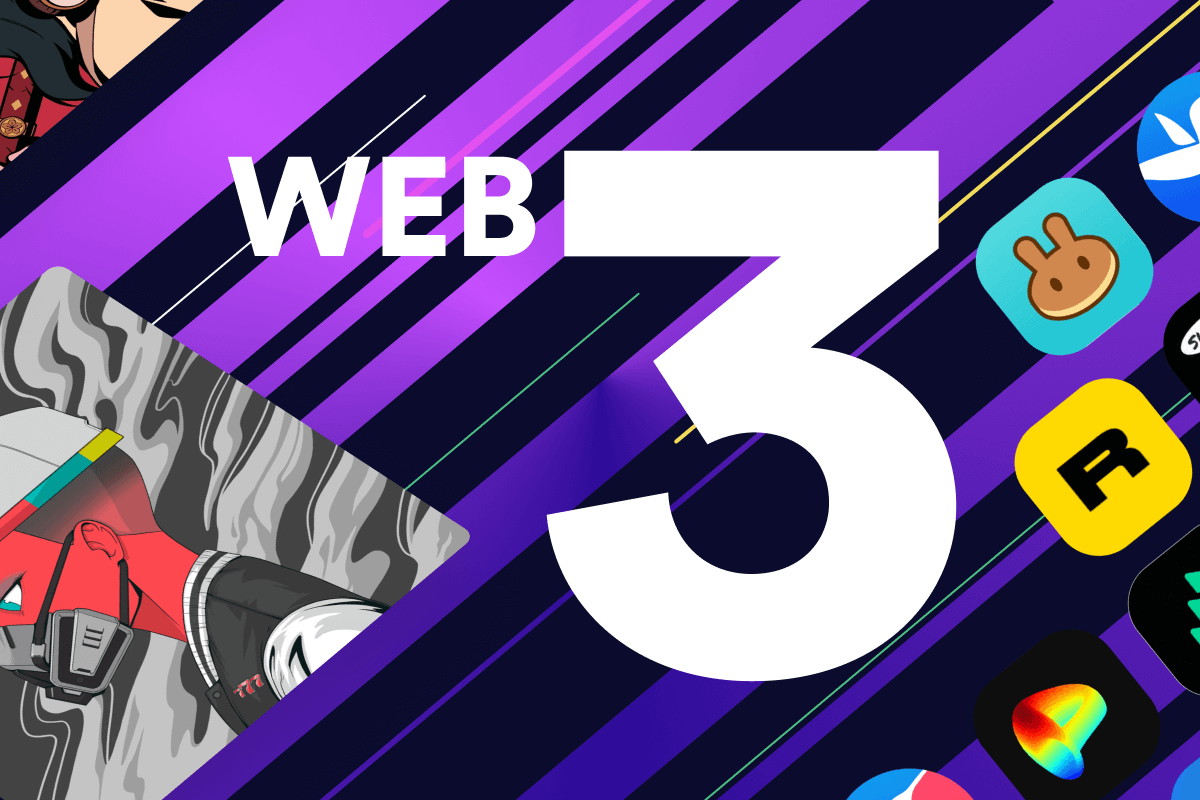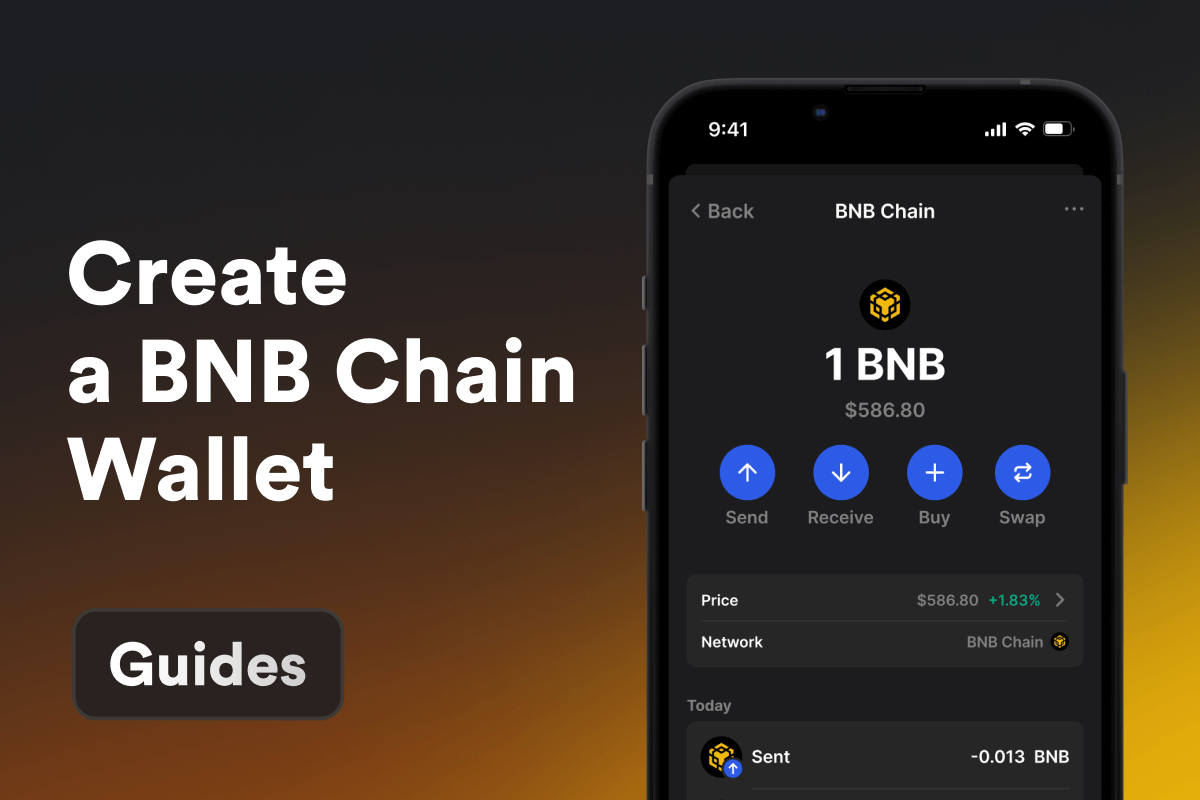
Coined by Ethereum co-founder Gavin Wood in 2013, Web 3 has become a prominent term in internet discussions, capturing attention in various headlines. This article explains the concept of Web 3.0 in simple terms.
Journey through History: Understanding the World Wide Web
Version updates and rebranding didn’t just begin with mobile applications. The information system underpinning the internet— the World Wide Web — has undergone immense transformations over several decades. Tech experts often describe these evolutions in three layers: Web 1.0, Web 2.0, and Web 3.0.
Web 1.0: The Dawn of the Internet
Web 1.0 represents the initial phase of the internet. Introduced by computer scientist Tim Berner in 1989, it provided a significant leap from traditional media such as television, newspapers, and radio. Web 1.0 digitised information sharing, as early internet adopters were able to receive information on their personal computers in real-time. Anyone with internet access could access valuable information such as weather forecasts, news updates and even stock quotes.
Web 2.0: The Rise of User-Generated Content
The next phase of the internet enabled more interactivity, as social networking sites like MySpace, Twitter and Facebook emerged. With more dynamic content and better communication, Web 2.0 markedly attracted more users, consequently expanding the utility to virtually every sector.
What does Web 3.0 entail?
While the internet has rapidly expanded in the Web 2.0 era with millions of grateful participants, several issues such as regulations and privacy concerns have arisen. Let’s look at these current limitations in more detail:
Regulations
In the early internet days, a certain John Perry Barlow released the Declaration of the Independence of Cyberspace. In the 16-paragraph paper, he proposed “a social space naturally independent of the tyrannies the government seeks to impose.” Whatever else the paper was, it was not prophetic. The internet today is laden with several shades and colors of control—censorship, restrictions, outright bans, etc.
Data privacy
While numerous lawsuits on data privacy breaches fill courts globally, the current structure of the internet bolsters the issue. Web 2.0 heavily relies on advertising, inundating users with pervasive ads. Tech giants amass billions of user data bits, earning substantial profits through targeted advertisements.
The cost of trust
The high cost of trust in the current web space demands a change in the modus operandi. Online transactions involve intermediaries collecting a percentage or a flat fee for administrative and legal services. The reliance on third-party entities to facilitate transactions contributes to the cost structure in the web space.
Tenets of Web 3.0
Democratizing Governance
Web 3.0 fundamentally redefines governance by moving from traditional centralized structures to more decentralized models. Web 3.0 introduces mechanisms like Decentralized Autonomous Organizations (DAOs), where decisions are made through transparent, community-driven processes. Participants, often holding governance tokens, directly influence protocol changes and project directions, fostering a more democratic and decentralized decision-making landscape. This shift diminishes the concentration of power in the hands of a few. It promotes a system where governance is distributed, transparent, and collectively determined by the community, aligning with the principles of decentralization and user empowerment.
 The Voting Process on the Cosmos Blockchain. Source: cosmos.explorers.guru
The Voting Process on the Cosmos Blockchain. Source: cosmos.explorers.guru
Cutting the cost of trust
Web 3.0 substantially diminishes the cost of trust by decentralizing control through blockchain technology. This decentralized approach eliminates the need for expensive intermediaries, as trust is established through consensus mechanisms across a network. Smart contracts, integral to Web 3.0, automate agreements, significantly reducing the cost of intermediation. These self-executing contracts ensure transparent and immutable terms, further minimizing the risk of disputes. By shifting from reliance on centralized authorities to distributed networks, Web 3.0 fundamentally transforms the dynamics of trust, making digital transactions more efficient and cost-effective.
User Control and Ownership
Users in Web 3.0 can have decentralized identities, meaning they have control over their personal information and how it is shared. DIDs enable users to authenticate and interact online without relying on a centralized authority. Also, through technologies like decentralized storage and content-addressable networks, users can have greater ownership and control over their data, such as with NFTs. They can decide who accesses their information and under what conditions.
Conclusion: Is Web 3 a Fad?
With many startups diving into Web 3.0 and scoring over $80 billion in funding, it’s crystal clear that Web 3 will rewrite the Internet narrative, offering a glimpse into a future where trust, transparency, and user control take center stage.
Stay tuned to this blog for all the latest updates on web 3.0!


